Paul Aitchison is an illustrator originally from Hastings, southeast England, now residing in Kathmandu, Nepal where he works with various newspapers and magazines.
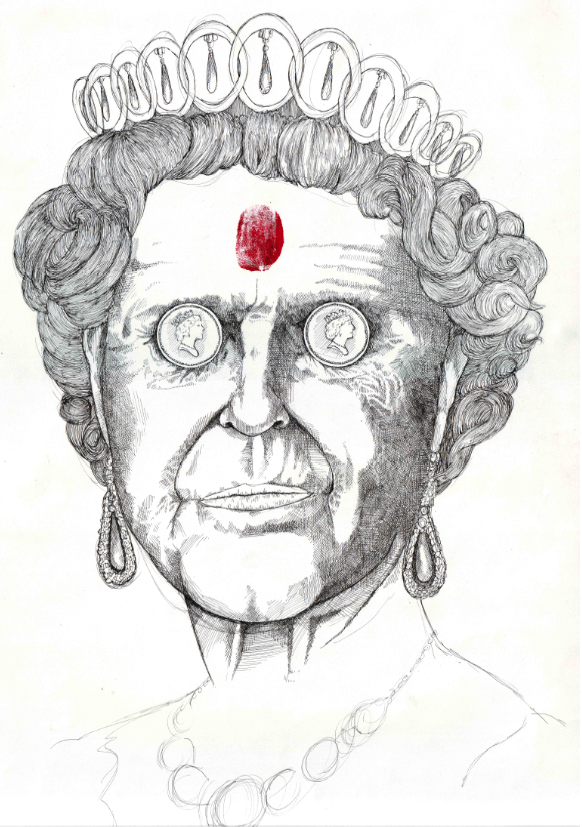
There aren’t many places left in this world where you can walk out onto the street and see a 2000 strong red rally parading flags that bare the communist hammer and sickle – This is where I live, my creative scene: Kathmandu.
To write about the art scene (which is more often than not the subject of luxury and indulge) in a country which is so politically and social unstable has proven to be a more delicate task than I first expected. As I feel a duty to avoid steering away from the ripe and precedent issues of which there are so many.
As an illustrator i mostly work with print media which is a relatively new concept in Nepal, the oldest newspaper being established only 20 years ago. Ever since Nepal opened its doors to the outside world in the early sixties; western culture has been steadily flowing in, thus every form of media has become established, But I fear that given the high-speed influx of western culture; media is fast moving in the “wrong direction” with a perpetuating breed of glossy magazines surfacing, modelled on the western format concerned only with the “finest” restaurants, latest gadgets and fashion. Though there are a few really nice publications that thrive on shining a light on the political and domestic issues:
Himal SouthAsian, an international magazine that covers the whole of South-Asia but is produced and Printed in Nepal. This was my first proper gig here, illustrating the December cover on the theme of Burma and two other illustrations inside. Its quality of content and design is a rare thing, not only here in Nepal but globally, though it has an uncertain future due to funding and a numbness of understanding over its importance.
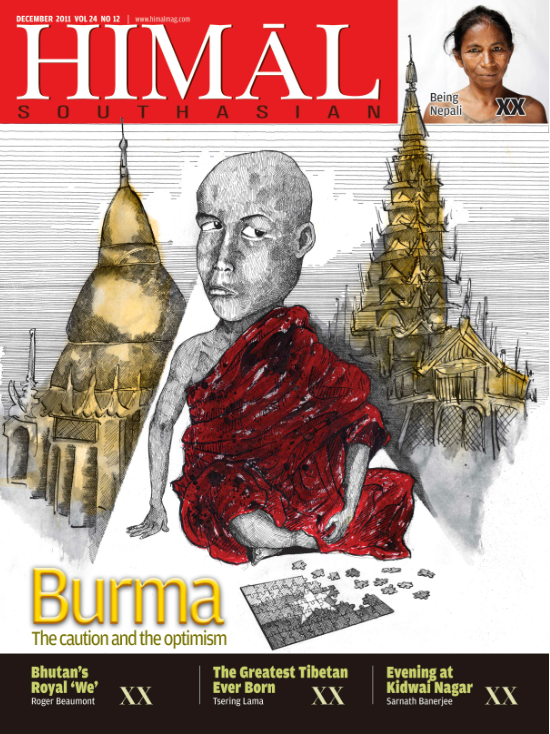
The Nepali Times – a weekly newspaper that offers quality and critical insight into the week’s news and is open to a variety of cartoons and illustration.
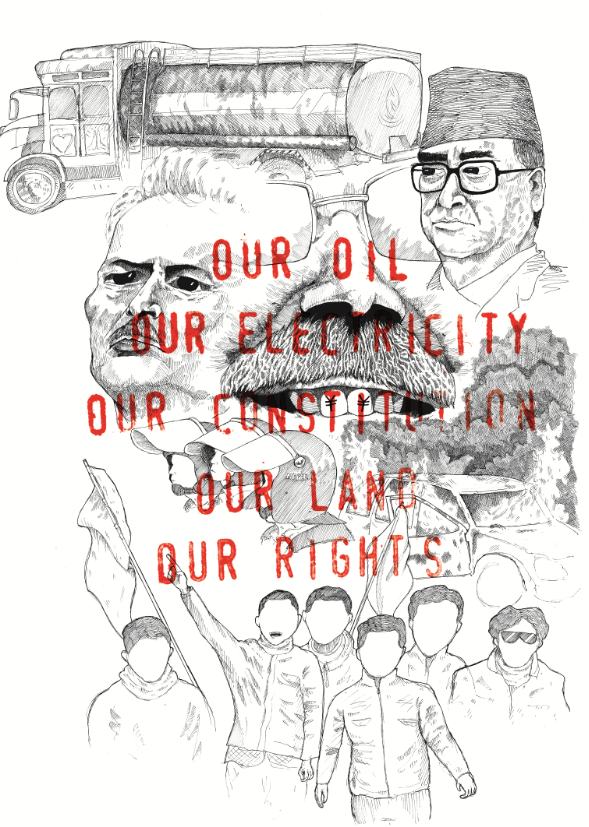
There is a high standard of political cartoons throughout most of these papers. For me it is the most relevant art form here and one I’m very excited to be involved in for (as far as I’m aware) I’m the only foreign artist getting directly involved in Nepali politics.
Creative outlets:
Sattya Media art collective is a collaboration of foreign and Nepali creative types such as photographers, graphic designers, documentary film makers etc. working on a not-profit basis, providing such activities as a variety of professional workshops and documentary screenings on the rooftop.
Street art can be seen in a basic form all over the city as Maoist symbols and slogans but more contemporary styles are popping up all over the place as the graffiti culture becomes growingly popular with the youth.
This place has been inspiring me ever since I came here around two years. During my first visit I spend eight months hanging around the temple steps drawing, drinking milky tea and writing poems, in the end I self-published a small book of poems “The Weight of Clocks” (available nowhere). There is no end to inspiration here as all aspects of life and death are so closely played out every day and become more intense with the weeks and months. If we relate creativity and art directly to expression then this city became a gallery unto its self at the celebration of Holi; the Hindu festival of colour, which passed a few days ago. During Holi; the young, the old and all between take a day to lose themselves in this celebration with coloured power and water, hurling it and smearing it all over each other. If you leave the house- there is no escape! And there are so many festivals here, each one different and all powerful displays of devotion; it is the concept of storytelling and the preservation of Hindu culture.
Of course the art scene in Nepal stretches far beyond the small portion that I have got involved in. there is so much traditional art to immerse yourself in, and so many contemporary artists to meet though its nothing that I can talk in depth about, you’ll just have to come here and see it for yourself.
Recently I had the pleasure to meet a Spanish photographer, Antonio Nodar, currently in Nepal working on the second volume of his life-term project: Portrait to self-portrait- where he takes a portrait of an artist and then hands them a printed copy to transform in their own medium into a self- portrait. Having completed two hundred portraits of resident artists in Nepal thus far, this looks to be the most comprehensive reflection of national art.

Well this is where I’ve found myself (not in a hippy, spiritual way) and I’m not upset about it, nor do I feel that I have slipped out of the race that demands success be obtained in popular settings. I create my own scene just by living a real and often uncomfortable life in a city that shares so much with whoever walks down its churned and beaten streets.
//////////
My Creative Scene is an insight into different creative & cultural happenings in cities where your members and readers live. Browse through more insider guides here or contact us to write about the arts scene where you are.


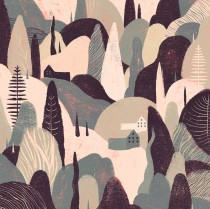
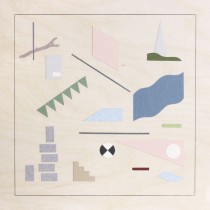
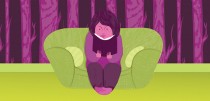









Comments